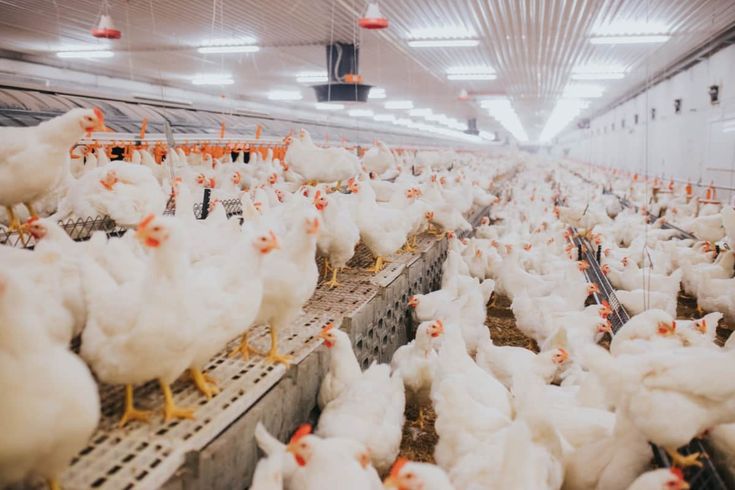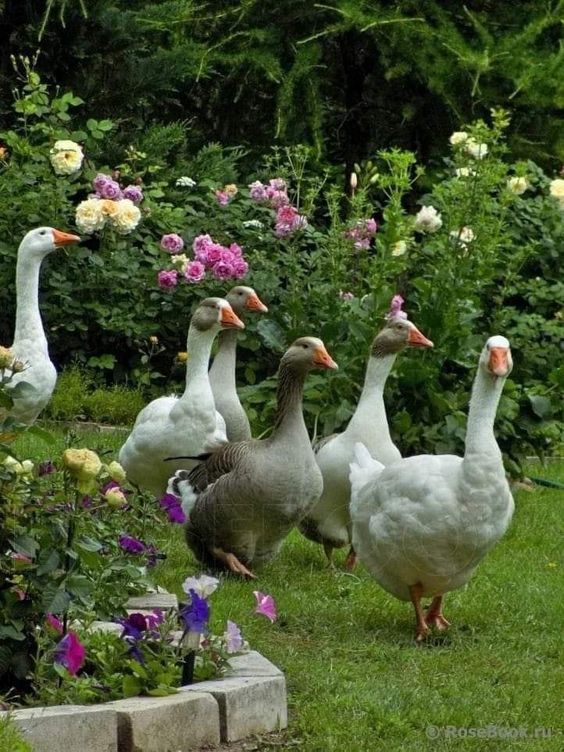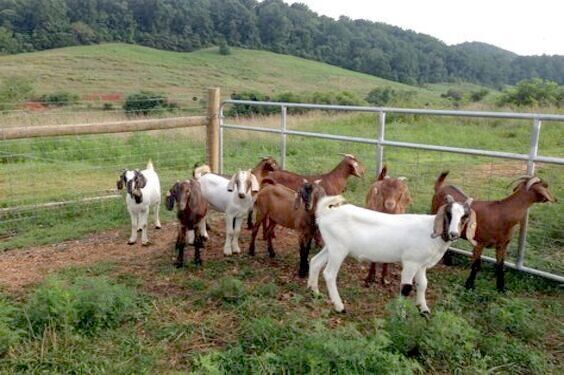Chicken Cultivation Techniques: A Comprehensive Guide
Chicken Cultivation Techniques, also known as poultry farming, is the practice of raising chickens for meat (broilers) or eggs (layers). It’s a widespread agricultural activity with a rich history, providing a valuable source of protein and income for millions globally. This guide delves into the various techniques used in successful chicken cultivation, from selecting breeds and building housing to feeding, healthcare, and biosecurity.
Benefits of Chicken Cultivation Techniques
Chicken Cultivation Techniques offers numerous benefits, including:
- Nutritional Value: Chickens are a rich source of protein, essential vitamins, and minerals, making them a vital part of a healthy diet.
- Economic Advantages: Chicken farming can be a profitable venture, providing income for individuals and families. It can be scaled to suit various needs, from small backyard flocks to large commercial operations.
- Relatively Low Startup Costs: Compared to other livestock, chickens require less initial investment, making them accessible to new farmers.
- Efficient Feed Conversion: Chickens are efficient at converting feed into protein, making them a sustainable source of food.
- Manure Production: Chicken manure is a valuable organic fertilizer, improving soil fertility and reducing dependence on chemical fertilizers.
Objectives of Chicken Cultivation Techniques
The primary objectives of chicken cultivation can be categorized as:
- Egg Production: Raising chickens for laying eggs is a common practice. Selecting breeds known for high egg production and implementing proper management techniques are crucial for maximizing egg yield.
- Meat Production: Raising chickens for meat consumption is another major objective. Broiler chickens are bred for rapid growth and meat production. Optimizing feed, housing, and management practices ensures healthy, fast-growing birds.
- Self-Sufficiency: Many families raise small flocks for personal consumption of eggs and meat, promoting self-sufficiency and control over their food source.
Chicken Breeds for Cultivation
The success of your chicken cultivation project hinges on selecting the right breed for your objectives. Here’s a breakdown of popular chicken breeds:
- Egg Layers: Breeds like Leghorns, Rhode Island Reds, and White Plymouth Rocks are known for their high egg production.
- Meat Birds (Broilers): Popular broiler breeds include Cornish Cross and Cobb 500, known for rapid growth and excellent meat yield.
- Dual-Purpose Breeds: Breeds like Plymouth Barred Rocks and New Hampshires offer a balance of egg production and meat quality.
Housing Considerations for Chicken Cultivation Techniques
Providing proper housing is essential for Chicken Cultivation Techniques health and well-being. Here are key factors to consider:
- Coop Size: Ensure the coop offers adequate space for your flock. Overcrowding leads to stress, disease, and reduced productivity. A good rule of thumb is 4 square feet per chicken for layers and 1 square foot per chicken for broilers.
- Ventilation: Proper ventilation is crucial for fresh air circulation and removing moisture and ammonia from the coop.
- Nesting Boxes: Provide enough nesting boxes for your laying hens, ideally one box for every 4-5 hens.
- Perches: Chickens naturally roost at night. Provide sturdy perches for them to sleep on.
- Lighting: Laying hens benefit from 14-16 hours of light per day to stimulate egg production. Broilers require less light, around 8-10 hours per day.
Feeding Chicken Cultivation Techniques for Optimal Health
A balanced diet is vital for healthy chickens and optimal production. Here are key points to remember:
- Starter Feed: Chicks require a specialized starter feed formulated for their delicate digestive systems and rapid growth needs.
- Grower Feed: As chicks mature, transition them to a grower feed that provides essential nutrients for continued growth and development.
- Layer Feed: Laying hens require a feed specifically formulated for egg production, rich in calcium for strong eggshells.
- Broiler Feed: Broiler chickens need a high-protein feed to support their rapid muscle growth.
- Fresh Water: Provide clean, fresh water readily available at all times.
Healthcare and Disease Prevention
Diseases can significantly impact your flock’s health and productivity. Here’s how to maintain a healthy flock:
- Vaccination: Vaccinate your chickens according to a veterinarian’s recommendations to prevent common diseases like Newcastle disease and Marek’s disease.
- Biosecurity: Implement biosecurity measures like disinfecting boots and equipment to minimize the spread of diseases.
- Parasite Control: Regularly check for and treat internal and external parasites to ensure chicken health.
- Maintaining Cleanliness: Keep the coop clean and dry to reduce the risk of disease and parasites.
Handling and Storing Eggs
- Frequency : Collecting eggs daily helps prevent predators from consuming them and reduces the risk of hens developing the habit of eating their own eggs.
- Candling: Candling allows you to inspect the interior of the egg for cracks, blood spots, or air pockets. Eggs with abnormalities can be discarded for consumption but may be suitable for hatching.
- Storage: Store eggs in a cool, dry place (ideally between 50-55°F) with the pointy end down. This preserves freshness and maximizes shelf life.
Processing Broilers for Meat
Chicken Cultivation Techniques,Processing broilers involves harvesting the birds for meat consumption. Here’s a basic overview:
- Fasting: Withhold food for 12-24 hours before processing to allow the digestive system to empty.
- Stunning: Stun the chicken using a humane method to render it unconscious before slaughter.
- Slaughtering: Slaughter the chicken using a sharp knife following proper safety protocols.
- Bleeding: Allow the chicken to bleed completely to ensure proper meat quality.
- Scalding: Briefly immerse the chicken in hot water (around 140°F) to loosen feathers.
- Picking: Remove feathers using a plucker or by hand.
- Evisceration: Carefully remove the internal organs without damaging the meat.
- Chilling: Chill the processed chicken thoroughly to a safe internal temperature (around 40°F) to prevent spoilage.
Importance of Biosecurity
Chicken Cultivation Techniques,Biosecurity refers to practices that prevent the introduction and spread of diseases in your flock. Here are some crucial biosecurity measures:
- Footwear: Disinfect footwear before entering the coop to prevent bringing in pathogens.
- Equipment: Clean and disinfect tools and equipment used in the coop regularly.
- Visitors: Limit visitors to the coop area and ensure they practice proper hygiene.
- Rodent Control: Implement measures to control rodents and other potential disease vectors.
- Quarantine New Arrivals: Isolate new birds for a period of observation before introducing them to the main flock.
Waste Management in Chicken Cultivation Techniques
Proper waste management is essential for maintaining a healthy environment for your chickens and preventing pollution. Here are key considerations:
- Manure Collection: Collect manure regularly and store it in a designated composting area. Chicken manure is a valuable organic fertilizer; proper composting allows it to decompose and become usable for your garden.
- Coop Cleaning: Remove bedding and droppings regularly and clean the coop thoroughly to prevent the buildup of ammonia and harmful bacteria.
- Waste Disposal: Dispose of dead birds and other non-compostable waste in a safe and responsible manner.
Record Keeping for Effective Management
Maintaining accurate records is crucial for successful Chicken Cultivation Techniques. Here’s what to track:
- Flock Inventory: Track the number of birds in your flock, including age, sex, and breed.
- Feed Consumption: Monitor feed intake to ensure optimal feeding practices and identify any potential issues.
- Egg Production: Record the number of eggs laid per day or week to track laying patterns and identify any declines in production.
- Health Concerns: Record any health problems encountered in your flock for future reference and to inform treatment decisions.
Beyond the Basics: Advanced Chicken Cultivation Techniques
Once you’ve mastered the fundamentals, several advanced Chicken Cultivation Techniques can further improve your chicken cultivation practices:
- Free-Range vs. Confined Housing: Free-range systems allow chickens access to outdoor areas, while confined systems house them in coops and runs. Each approach has advantages and disadvantages, and the optimal choice depends on factors like climate, predator presence, and your management capabilities.
- Molting Management: Chickens molt their feathers periodically, leading to a temporary decline in egg production. Techniques like adjusting lighting schedules can help manage molting and minimize its impact on egg yield.
- Breeding Programs: For experienced breeders, establishing a breeding program allows for selective breeding to improve desired characteristics in your flock over generations.
Chicken Cultivation Techniques is a rewarding and enriching experience that provides a sustainable source of eggs and meat. By following the techniques outlined in this guide, you can successfully raise healthy chickens and contribute to a more self-sufficient food system. Remember, continuous learning and adaptation are key to success in chicken cultivation. Researching best practices, staying informed about emerging challenges, and seeking advice from experienced chicken farmers will help you refine your skills and ensure the well-being of your flock.






